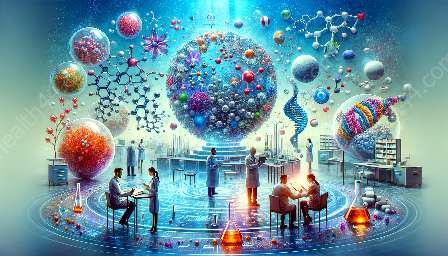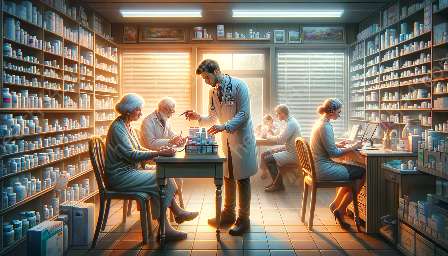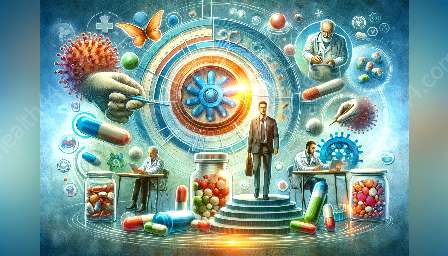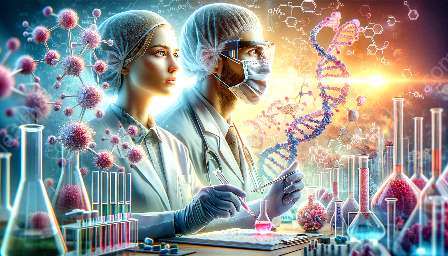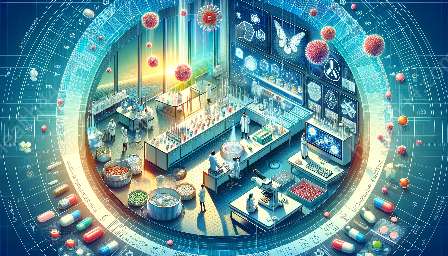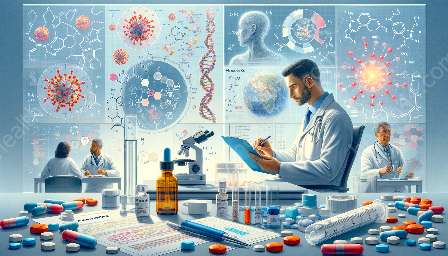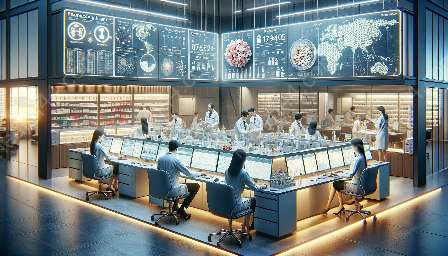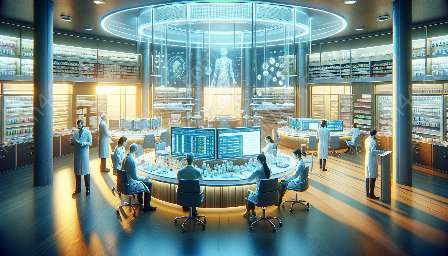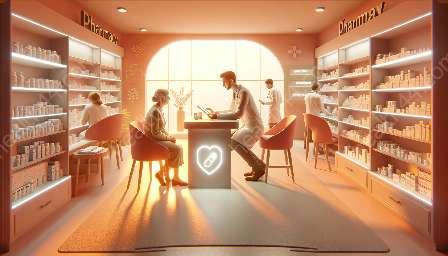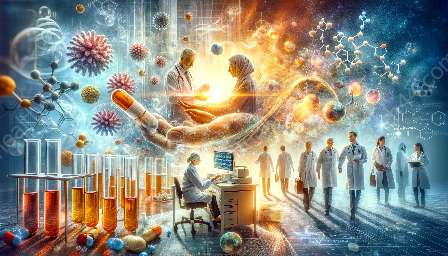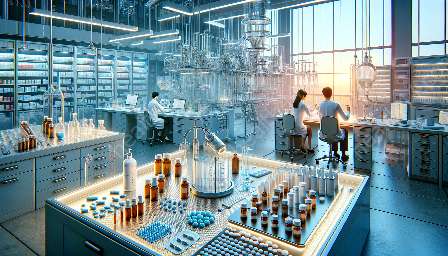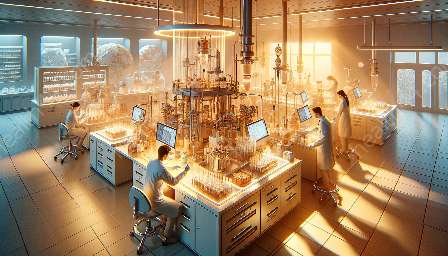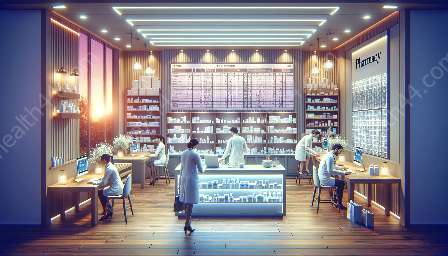The field of pharmacovigilance and drug safety is of utmost importance in the realm of pharmacy and health. It plays a critical role in ensuring the efficacy and safety of medications, ultimately safeguarding the well-being of patients. This comprehensive topic cluster delves into the various facets of pharmacovigilance and drug safety, exploring their significance, impact, and implementation.
The Significance of Pharmacovigilance
Pharmacovigilance can be defined as the science and activities relating to the detection, assessment, understanding, and prevention of adverse effects or any other drug-related problems. Its primary goal is to enhance patient care and patient safety in relation to the use of medicines, as well as to support public health programs by providing reliable, balanced information for the effective assessment of the risk-benefit profile of medicines.
Importance in Pharmacy
Pharmacists, being the custodians of medication safety, play a vital role in pharmacovigilance. They are at the frontline of dispensing medications and are therefore well-positioned to monitor and report adverse drug reactions to ensure that patient safety remains paramount. Pharmacovigilance is integral to the practice of pharmacy, contributing to the constant improvement and evaluation of medications.
Relevance to Health
From a health perspective, pharmacovigilance is essential in maintaining a high standard of patient care. By actively monitoring the safety and effectiveness of drugs, healthcare practitioners can promptly identify and address any potential risks or adverse reactions. This proactive approach not only safeguards individual patients but also contributes to broader public health initiatives.
The Role of Drug Safety
Drug safety encompasses the processes and systems involved in ensuring the safe and reliable use of medications. It involves identifying, assessing, understanding, and preventing adverse effects associated with pharmaceutical products, including both prescription and over-the-counter drugs. The ultimate goal of drug safety is to minimize risks and maximize benefits for patients.
Pharmacy Integration
Within the realm of pharmacy, drug safety is a fundamental consideration in dispensing and monitoring medications. Pharmacists are responsible for providing guidance on the appropriate use of medications, educating patients about potential side effects, and identifying and mitigating any medication-related risks. Through effective communication and vigilance, pharmacists actively contribute to promoting drug safety.
Impact on Health
When it comes to health, drug safety initiatives directly impact patient outcomes. By prioritizing the safe and responsible use of medications, healthcare professionals can minimize the potential harm associated with drug therapy, thereby improving overall patient health and well-being. Drug safety programs and regulations are designed to uphold the highest standards of safety and efficacy in healthcare delivery.
Challenges and Innovations
While pharmacovigilance and drug safety are essential components of healthcare, they also present unique challenges. Sourcing, evaluating, and disseminating relevant safety data, along with navigating regulatory requirements, can be complex tasks. Additionally, the evolving landscape of pharmaceutical products and healthcare technologies necessitates continuous innovation in pharmacovigilance and drug safety practices.
Technological Advancements
Technological advancements have greatly influenced the landscape of pharmacovigilance and drug safety. From automated adverse event reporting systems to sophisticated data analytics tools, these innovations have streamlined the process of monitoring and evaluating medication safety. Integration of electronic health records and real-time surveillance systems has enhanced the timeliness and accuracy of safety assessments.
Evolving Regulatory Framework
The regulatory framework governing pharmacovigilance and drug safety continues to evolve to adapt to the changing landscape of healthcare. Regulatory agencies are increasingly emphasizing the importance of proactive risk management and post-marketing surveillance to ensure the ongoing safety of medications. This shift underscores the need for collaboration between stakeholders to uphold the highest standards of drug safety.
Future Perspectives
Looking ahead, the future of pharmacovigilance and drug safety holds promise for further advancements and enhancements. The integration of artificial intelligence, machine learning, and big data analytics is poised to revolutionize the detection and assessment of drug-related adverse events. Moreover, global cooperation and harmonization of pharmacovigilance practices are essential for addressing the increasingly complex and interconnected nature of the pharmaceutical industry.
Training and Education
Investment in training and education programs focused on pharmacovigilance and drug safety is critical for equipping healthcare professionals with the necessary skills and knowledge to navigate the evolving landscape of medication safety. By fostering a culture of continuous learning and improvement, the future workforce in pharmacy and healthcare can effectively address emerging challenges and opportunities in the realm of pharmacovigilance.
Patient-Centric Approach
Empowering patients to actively participate in pharmacovigilance initiatives can enhance the early detection and reporting of adverse drug reactions. By engaging patients in their own care and encouraging open communication about medication experiences, the healthcare system can benefit from valuable insights and contribute to a more patient-centric approach to pharmacovigilance and drug safety.
In conclusion, pharmacovigilance and drug safety play a pivotal role in the fields of pharmacy and health. Their proactive and preventive measures not only contribute to individual patient care and safety but also enrich broader public health initiatives. By embracing continuous innovation and collaboration, the future of pharmacovigilance and drug safety promises to uphold the highest standards of medication safety and positively impact patient health and well-being.


